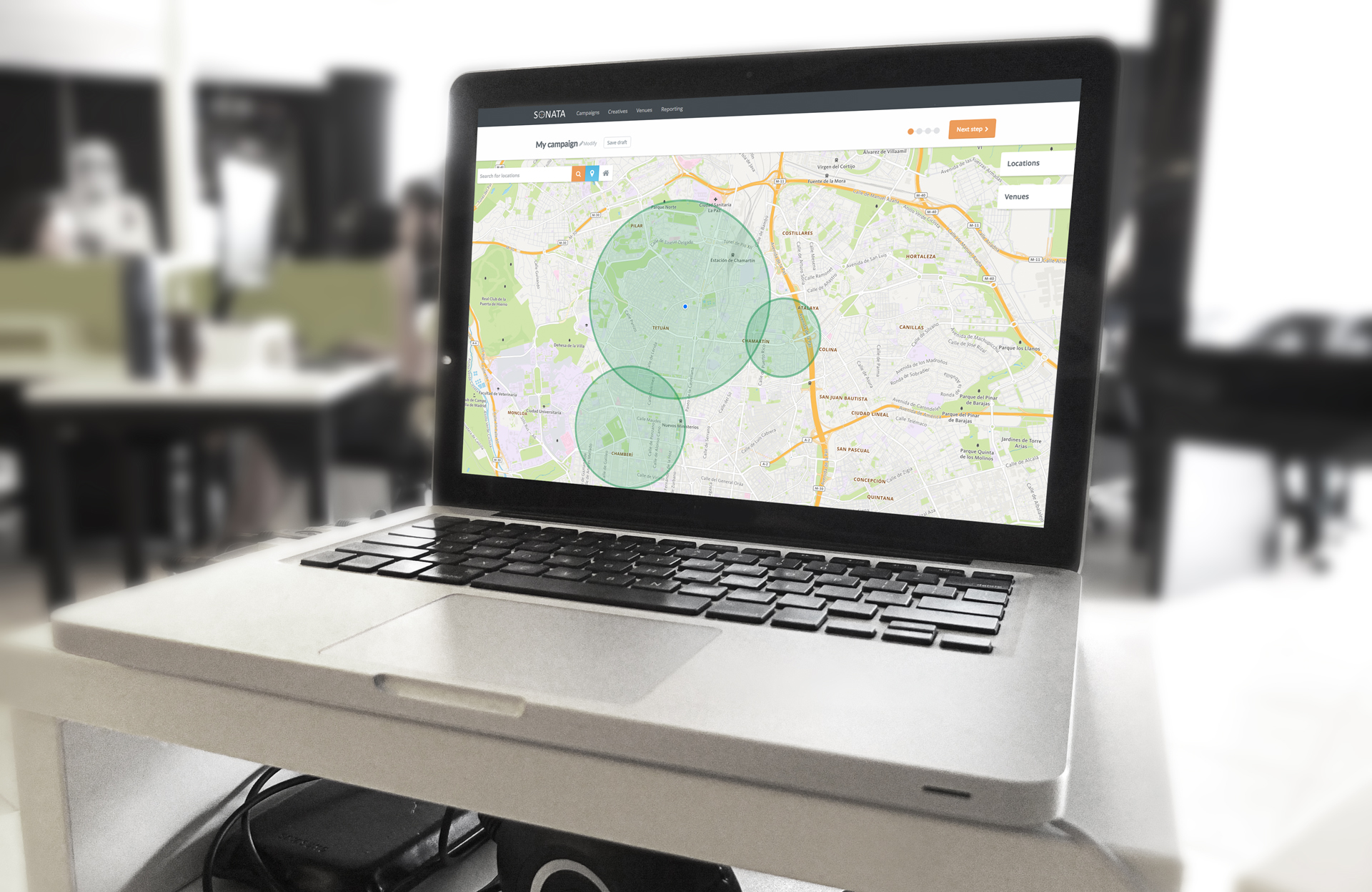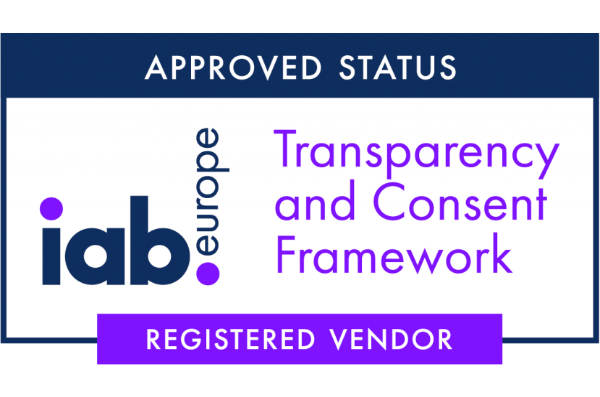Knowing how to listen, understanding the situation and adapting the message to connect with the audience is the basis of empathic communication. Whether at the individual or collective level, the cognitive perception (empathy) of the audience is key to successful communication.
At TAPTAP, we’ve been working for years on the perception of context. Almost 8 years ago we started adapting advertising campaigns to the mobile medium, but it’s especially in the last 3 years that we’ve taken giant steps in the adaptation of the message to the context. The advertising context can be defined as the situational environment that affects the predisposition towards a product or service. In other words, it’s not only the place (physical or digital), but what’s already happening around you, including your mood.
These days at TAPTAP, we work the context in a radically different way than 8 years ago. Then, we started by adapting a creative piece from the desktop to the small tactile screen of the smartphone. Initially, the context was simply the smartphone. Today we use machine learning techniques, based on browsing history, interaction with advertisements, physical presence history plus current presence and hundreds of contextual signals dynamically adapting (in real time) a creative piece that appears in front of the right person at the right time in any medium and in any format. That is, we try to perceive as much information as possible to adapt the message individually.
Obviously, the perception and activation of the context isn’t an exact science, since the context as defined, is unpredictable as a whole. What we’ve learned, after analyzing the effectiveness of hundreds of campaigns, is that the context, well worked out and in detail, contributes much of the differentiation in the success of digital communication strategies. There’s no point in having a thousand data providers, a great and valuable DMP or a CRM with loads of fantastic data, if we can’t contextually activate all that information. To maximize the results of a campaign, it’s just as important to have the information as the ability to act on it in a contextual and direct way.
When we talk about context at TAPTAP, we talk about people with different predispositions based on their context, past and present. For example, we activate the "auto-intenders" based on their history of physical and digital behavior using creativity that adapts to the medium and format (Smartphone, PC, Digital Radio, Video, Native ...) depending on the present moment of consumption. That means an auto-intender in Huelva that we perceive to be less than a month away from a possible purchase of a high-end car does not see the same advertisement as a Catalan auto-intender in the prospecting phase of a commercial vehicle. The advertisement varies, in its language, in the medium and format where it’s shown, in the image shown and in a long line of different possibilities that carefully and purposely adapt to that user in a contextual way. The key is the union of information, which creates a perception, with proper activation around the appropriate context.
The results confirm the effectiveness of the contextualization, because as we apply it we understand our potential clients better, and we see how the relevant KPIs (not the CTRs) are maximized, for example, in the form of incremental traffic to point of sale, incrementing the list of qualified leads efficiently, achieving the lowest cost per sale possible or redefining the customer’s LTV. In advertising, as with everyday communication between people, the more we contextualize, the better we connect.
Álvaro del Castillo
Founder & CEO, TAPTAP Networks

















